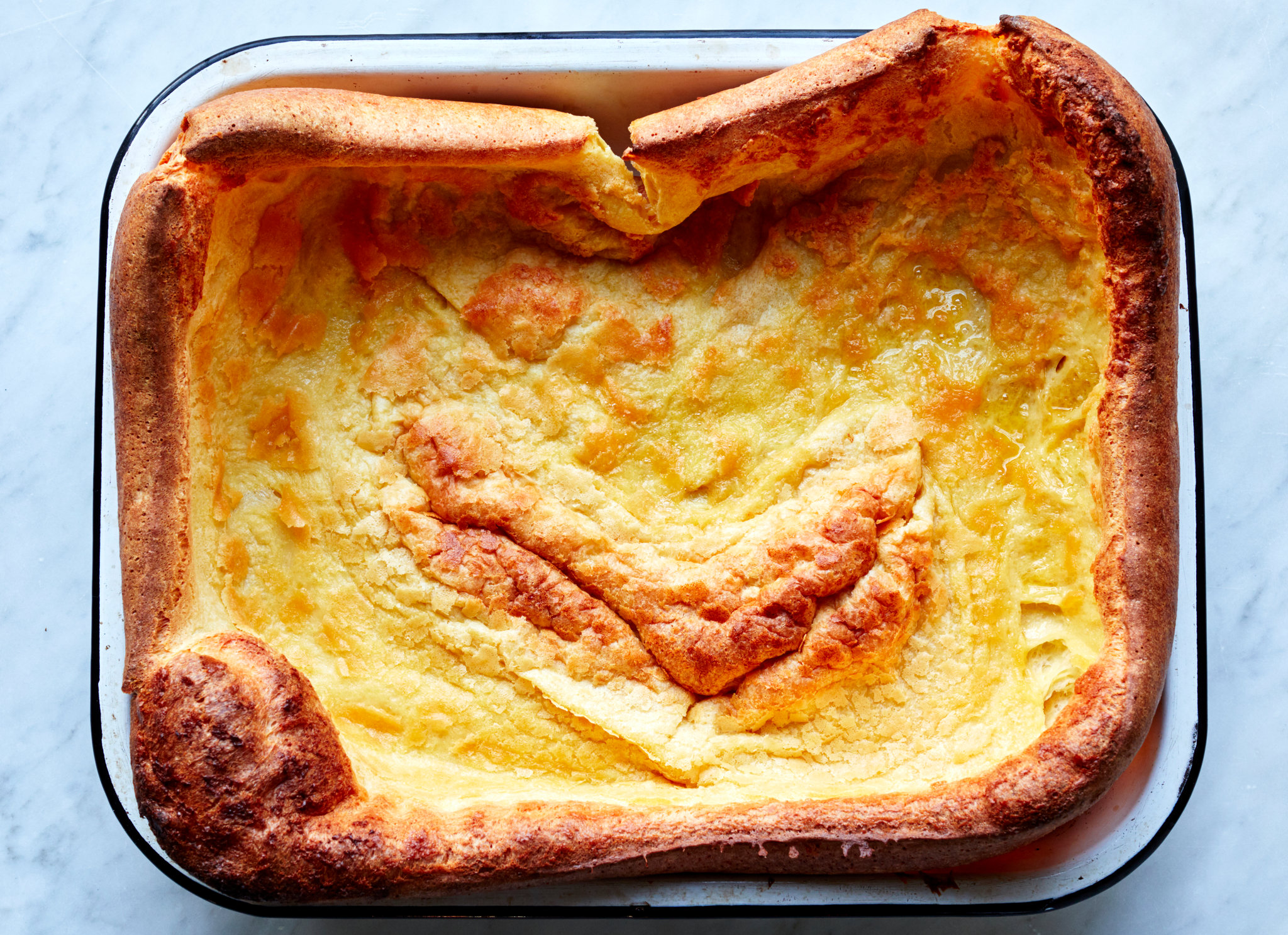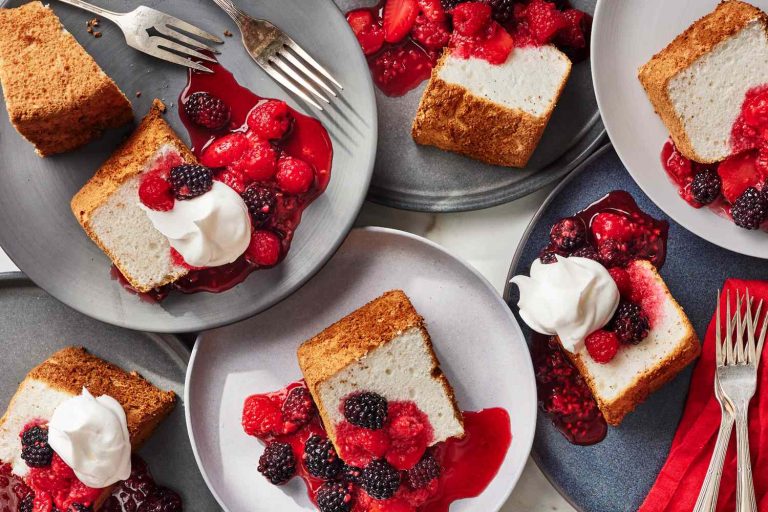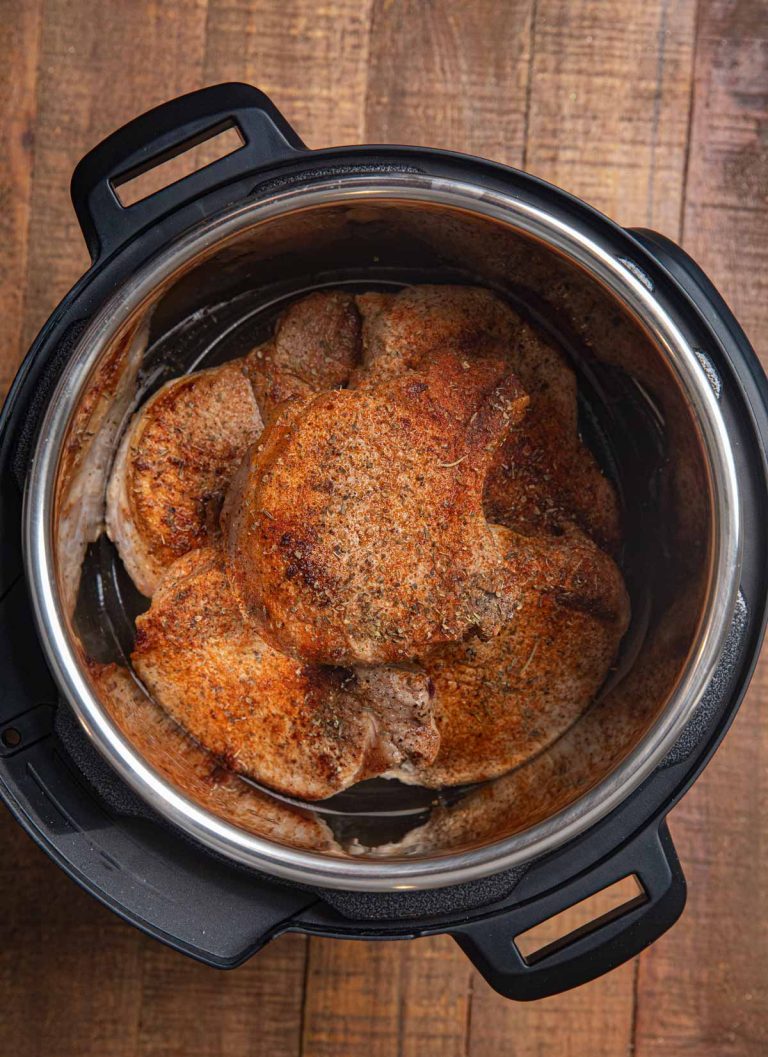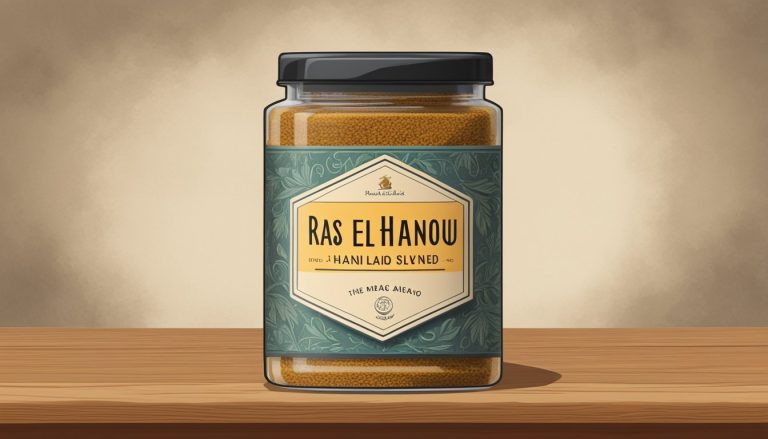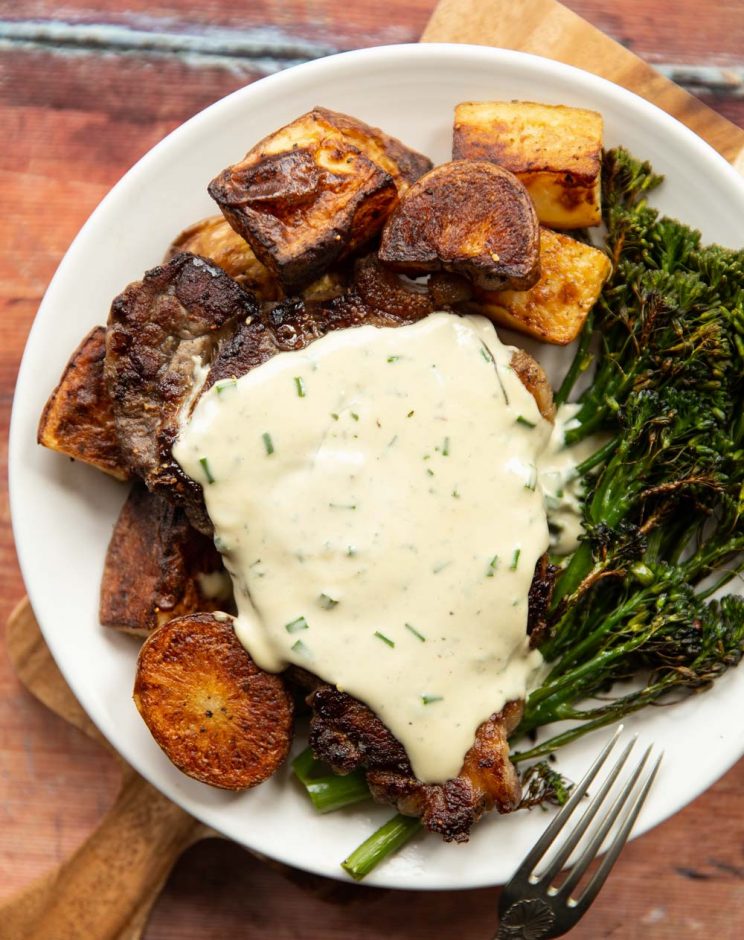Yorkshire Pudding Recipe: History, Tips, and Creative Twists
Yorkshire pudding dates back to the 18th century in northern England. Originally called “dripping pudding,” it was made to utilize the fat drippings from roasted meats. This economical use of drippings turned into a culinary marvel, providing a satisfying, crispy, and light addition to meals. The earliest recorded recipe appeared in Hannah Glasse’s 1747 cookbook “The Art of Cookery Made Plain and Easy.”
Why Yorkshire Pudding Is a Beloved British Dish
Yorkshire pudding is cherished for its versatility and simplicity. Its ingredients—flour, eggs, milk, and beef drippings—are readily available. The contrast of the crispy exterior and airy interior makes it an ideal accompaniment to roast beef and gravy, a staple of Sunday roasts in Britain. Celebrated for its comforting texture and flavor, this dish continues to be a favorite, especially during traditional meals and festive occasions.
Ingredients for Quick and Easy Yorkshire Pudding
Key Ingredients and Their Roles
Basic ingredients ensure Yorkshire pudding achieves its signature texture and taste:
- All-Purpose Flour: Provides structure and body. Ensure it’s sifted to avoid lumps.
- Eggs (3 large): Contribute to the rise and give a rich flavor.
- Milk (1 cup): Balances the batter, creating a smooth mixture. Use whole milk for the best results.
- Beef Drippings (2 tablespoons): Imparts authentic flavor and helps create a crispy exterior. Substitute with vegetable oil if necessary.
- Salt (1/2 teaspoon): Enhances overall taste.
Optional Ingredients for Enhanced Flavor
Adding optional ingredients can elevate the flavor profile:
- Fresh Herbs (1 tablespoon): Use finely chopped rosemary or thyme for aromatic depth.
- Garlic Powder (1/2 teaspoon): Adds a subtle savory note.
- Ground Black Pepper (1/4 teaspoon): Introduces mild heat and complexity.
These elements, when combined, help produce a delicious and memorable Yorkshire pudding perfect for any occasion.
Step-by-Step Recipe for Quick and Easy Yorkshire Pudding
Preparing the Batter
Combine 1 cup of all-purpose flour, 1 cup of whole milk, and 3 large eggs in a bowl. Mix until smooth with no lumps. Add 1/2 teaspoon of salt for flavor. Let the batter rest for at least 30 minutes at room temperature to ensure a light, airy texture. If adding optional ingredients like garlic powder or fresh herbs, mix them in after the batter has rested.
Baking Tips for Perfect Puddings
Preheat your oven to 450°F. Place a muffin tin with 1 teaspoon of beef drippings (or another fat) in each cup in the oven until sizzling hot. Carefully pour the batter into each cup, filling about 1/3 of the way. Bake for 15-20 minutes without opening the oven door. The puddings should puff up and turn golden brown. Remove from the oven and serve immediately for best results.
Serving Suggestions
Traditional Combinations
Pair Yorkshire pudding with roast beef and gravy for a classic British meal. Complete the plate with roasted vegetables like carrots, potatoes, and parsnips. Serve the pudding hot, allowing it to soak up the juices from the meat. This combination remains popular in English Sunday roasts.
Modern Twists on Classic Yorkshire Pudding
Get creative with non-traditional ingredients. Fill the puddings with pulled pork and coleslaw for a twist. Use them as a base for breakfast by adding scrambled eggs and bacon. For a vegetarian option, incorporate roasted vegetables with a cheese sauce. Experimenting with various fillings can transform this traditional dish into a versatile meal.
Conclusion
Mastering the art of making quick and easy Yorkshire pudding is within your reach. By understanding its history and following the essential steps, you’ll be able to create a light, airy dish that’s perfect for any occasion. Whether you stick to the traditional pairing with roast beef and gravy or experiment with modern fillings, Yorkshire pudding offers endless culinary possibilities. So roll up your sleeves and get baking—your taste buds will thank you!
